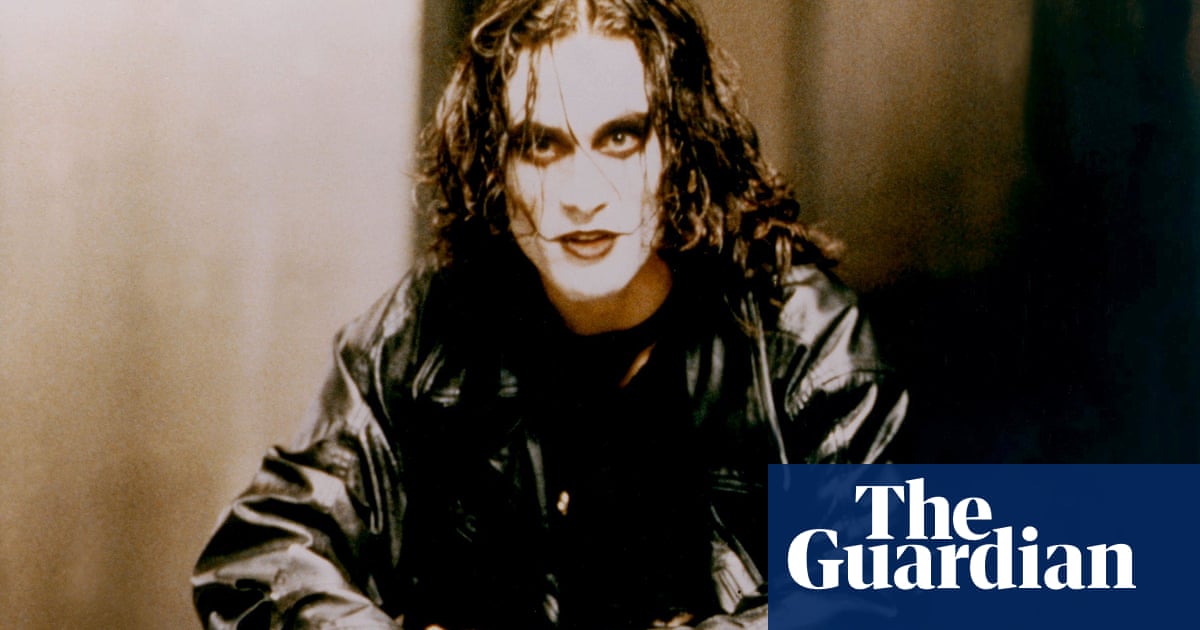
Ionly recently learned, on a trip to Barcelona, that a large part of the money for Antoni Gaudí’s glorious buildings came from slavery in Cuba, in which Catalan traders were engaged as late as the 1880s.
His greatest patron, Eusebi Güell, owed much of his wealth to slave-based fortunes accumulated by his father-in-law and his father – a fact that, while not secret, is little explored in the official histories. Does this mean that the great architect’s work is fatally tainted, that the tourists who queue up to visit the Gaudí-designed palace, park and unfinished church that bear Güell’s name should feel bad about themselves for doing so? It does not. But it’s never wrong to know the truth, however difficult.
There’s a particular lesson for anyone who might want to emulate Gaudí now. Works like his come not only from singular genius but also from surplus capital of often dark origins. To adapt Balzac almost beyond recognition, behind many great buildings lies a great crime.
Vanity projects
I’ll leave it to film critics to capture the full boggling wonder of Francis Ford Coppola’s late-career $120m imperial-themed bin-fire Megalopolis. I’ll only observe how uncannily its main protagonist, an architect called Cesar Catilina, captures the grandiose, self-regarding, would-be profundity of certain members of his profession. Dressed in priestly black and chauffeured to and from his Chrysler Building penthouse in a black vintage Citroën DS, this is a man who confuses his facility for generating ectoplasmic digital doodles with the power to save the world.
He has people’s homes blown up because they get in the way of his vision, all the while delivering messages as if from cod-Shakespearean fortune cookies. “A human being shall rightly be called a great miracle.” “Our mother earth gave us the genius to see a future so beautiful that it cannot be denied.”
The character, played by Adam Driver, is perfection, genius, a portrayal of hilarious architectural vanity to match Gary Cooper in The Fountainhead and Woody Harrelson in Indecent Proposal. I have met real-live well-known architects who are as ridiculous as this. The only thing is, I think Catilina is meant to be the movie’s hero.
No great ad for Britain
It’s a great triumph that the country that invented the industrial revolution has just closed its last coal-fired power station, at Ratcliffe-on-Soar in Nottinghamshire. The mighty cooling towers of this and similar facilities were also great triumphs, from an era that hadn’t heard of climate change. They inspire affection from many who live near them. It would be mad to keep all these structures, but it would also be mad to wipe all trace of them from the land.
If you wanted to condense into one space, with the help of giant alembics and Bunsen burners, all the ills of the private-public interface in contemporary Britain, it would be hard to beat Euston station in London. Here is an essential piece of infrastructure, blighted by off-again, on-again plans for the HS2 high-speed rail line, which may or may not end up there.
About £300m has been spent on fees for redesigns that may never happen, while the neighbourhood has been devastated in the interests of development and the station’s quietly noble modernist concourse has been butchered, its wall panels replaced with cheap-looking plywood.
Passengers, awaiting the teasingly late announcements of their platform in the usually overcrowded space, were bludgeoned with huge animated advertisements, until they were terminated by ministerial decree last Friday. Anything to do with extracting value is exploited to the limit. Anything to do with practicality, joy, human life or basic comfort is, over and over, botched.
Rowan Moore is the Observer’s architecture critic












